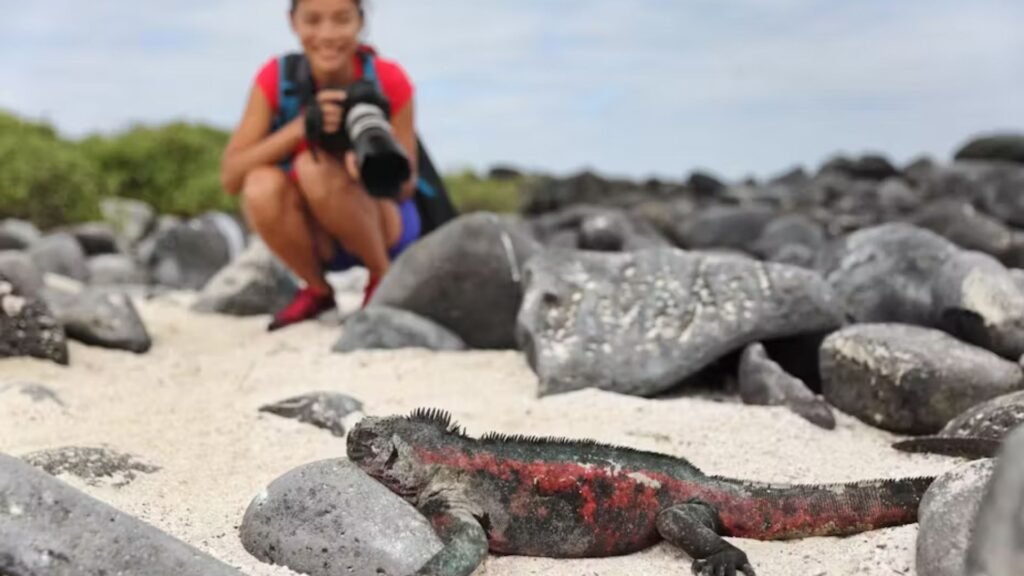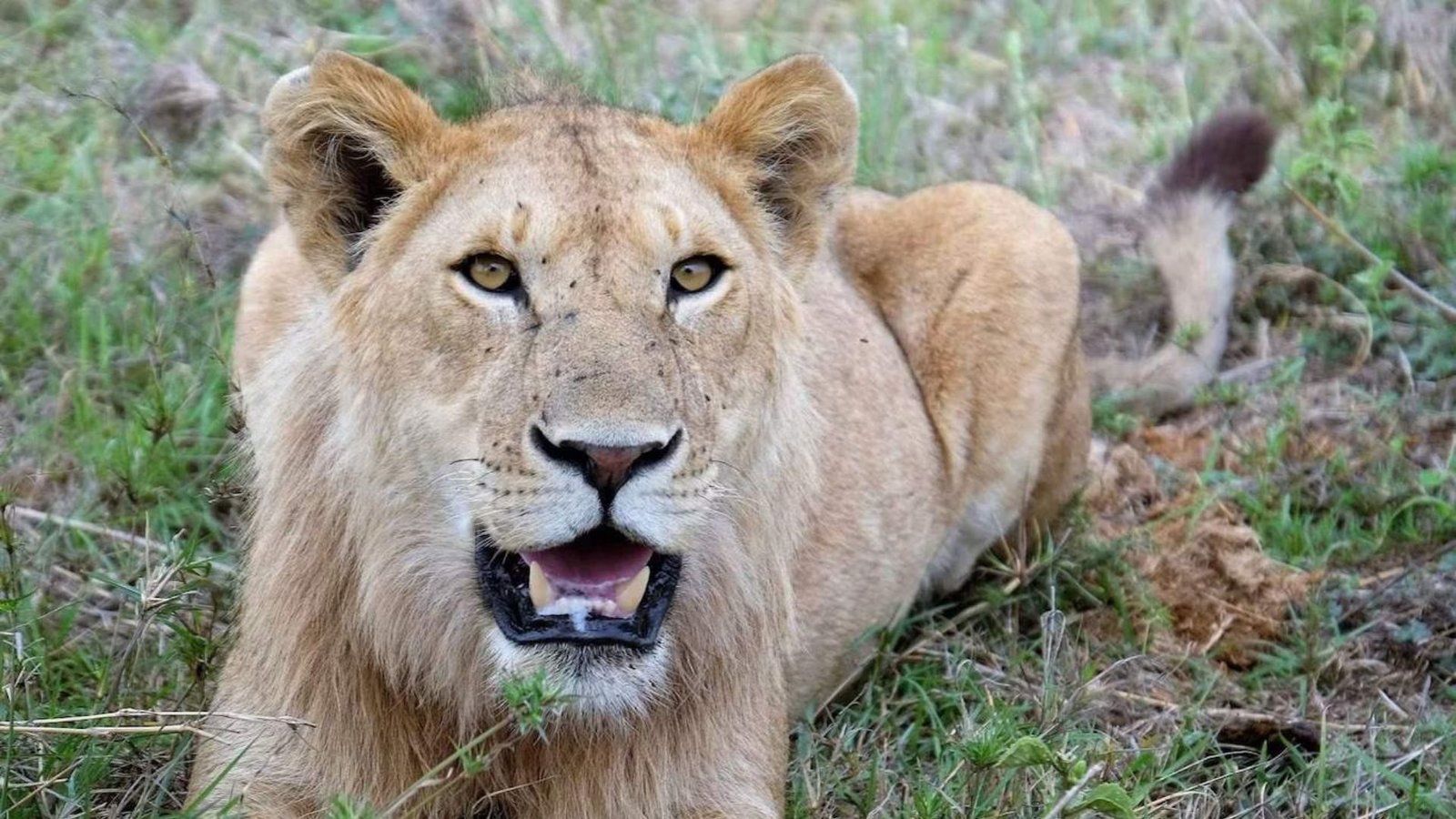Encountering wildlife in their natural habitat is a thrilling and memorable experience. To ensure both your safety and the welfare of the animals, it’s important to practice responsible wildlife viewing techniques. Here are effective ways to experience wildlife safely and respectfully:

1. Observe from a Distance
Use Binoculars or Telephoto Lenses
- Maintain Distance: Use binoculars or a camera with telephoto lenses to observe animals from a safe distance.
- Respect Boundaries: Follow recommended viewing distances provided by park regulations or wildlife experts.
Avoid Approaching or Disturbing Wildlife
- Wildlife Behavior: Observe signs of stress or agitation in animals (e.g., raised hackles, vocalizations, or rapid movements) and adjust your distance accordingly.
- Stay Quiet and Calm: Avoid sudden movements, loud noises, or attempts to attract attention from wildlife.
2. Respect Wildlife Habitats and Behaviors
Stay on Designated Trails
- Protect Habitat: Stick to marked trails to minimize disturbance to nesting sites, feeding areas, and sensitive habitats.
- Avoid Off-Trail Exploration: Refrain from off-trail exploration that can trample vegetation or disturb wildlife burrows.
Time Your Visits Wisely
- Wildlife Activity: Research peak wildlife activity times (e.g., dawn or dusk) and visit during quieter periods to reduce stress on animals.
3. Educate Yourself about Local Wildlife
Learn About Species Behavior and Ecology
- Research: Study the natural history and behavior of local wildlife species before your visit to understand their habits and habitat preferences.
- Identification: Familiarize yourself with common wildlife species and their distinguishing features to enhance your observation skills.
4. Follow Park and Conservation Guidelines
Understand Regulations and Guidelines
- Park Rules: Familiarize yourself with park regulations regarding wildlife viewing, including prohibited activities such as feeding or approaching animals.
- Conservation Ethics: Follow Leave No Trace principles and ethical guidelines for wildlife photography and observation.
5. Use Wildlife Viewing Platforms and Facilities
Visit Designated Viewing Areas
- Viewing Platforms: Utilize designated platforms or overlooks established for wildlife observation to minimize impact on natural habitats.
- Interpretive Centers: Visit interpretive centers or wildlife sanctuaries that offer educational exhibits on local fauna and conservation efforts.
6. Be Prepared and Patient
Plan Ahead for Wildlife Encounters
- Gear: Bring essential gear such as binoculars, field guides, and a camera with a telephoto lens to capture distant shots.
- Patience: Wildlife sightings require patience and may involve waiting quietly for animals to appear without disturbing their natural behaviors.
7. Support Conservation Efforts
Volunteer and Donate
- Local Organizations: Support wildlife conservation initiatives by volunteering with local wildlife organizations or contributing to conservation projects.
- Awareness: Educate others about responsible wildlife viewing practices and the importance of conserving natural habitats.
8. Respect Local Communities and Cultures
Cultural Sensitivity
- Indigenous Knowledge: Learn about Indigenous perspectives on wildlife and ecosystems, respecting traditional practices and beliefs.
- Community Involvement: Engage with local communities to understand their role in wildlife conservation and sustainable tourism efforts.
9. Report Wildlife Sightings Responsibly
Citizen Science
- Monitoring Programs: Participate in citizen science programs that monitor wildlife populations and behaviors, contributing valuable data to conservation efforts.
- Reporting: Report rare or unusual wildlife sightings to park authorities or wildlife conservation organizations to aid in research and protection efforts.
By following these guidelines, you can enjoy memorable wildlife encounters while ensuring the safety and well-being of animals and their habitats. Responsible wildlife viewing practices contribute to conservation efforts and help preserve natural ecosystems for future generations to appreciate and enjoy.











